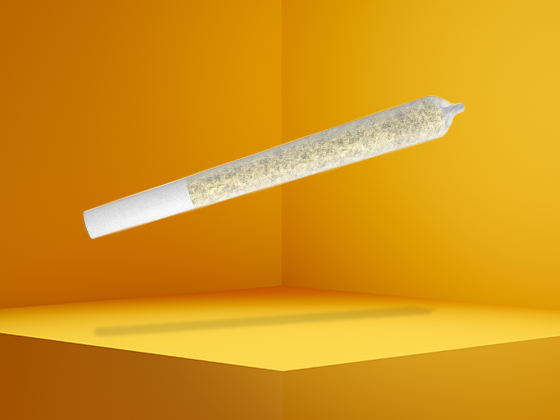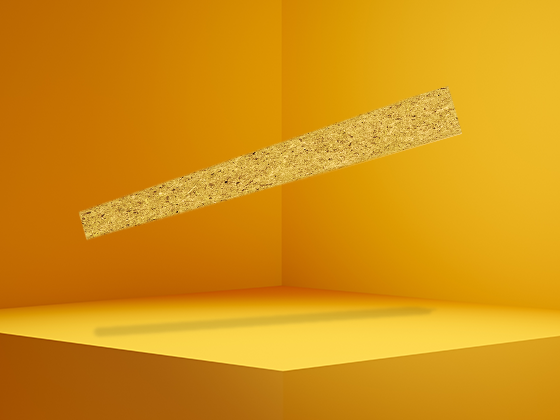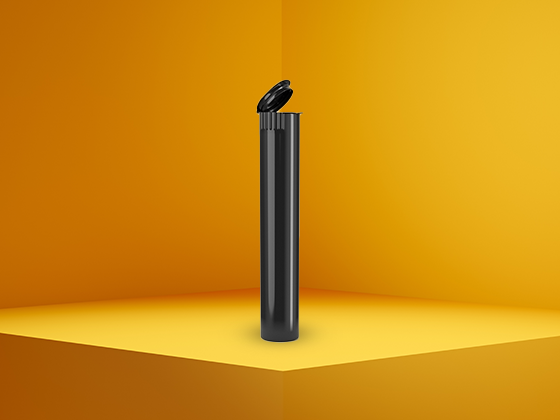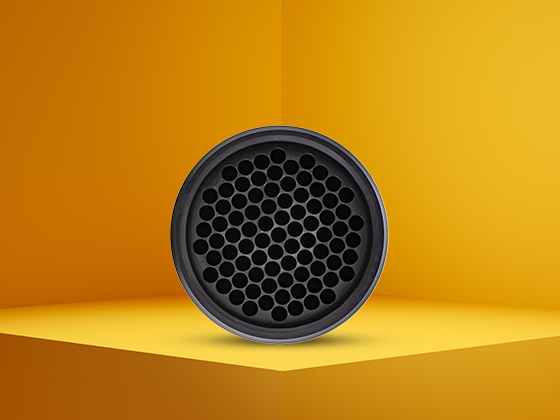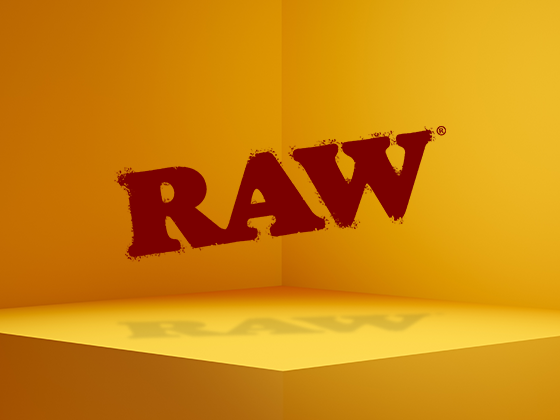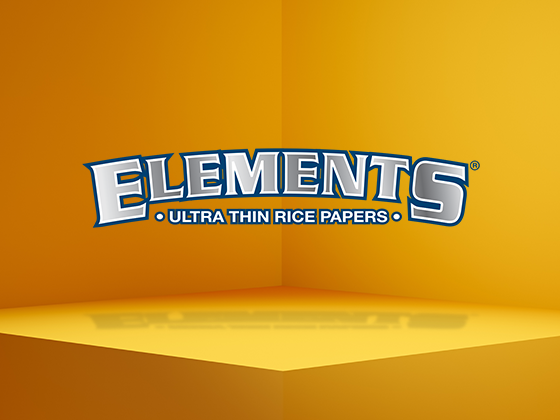Comparison
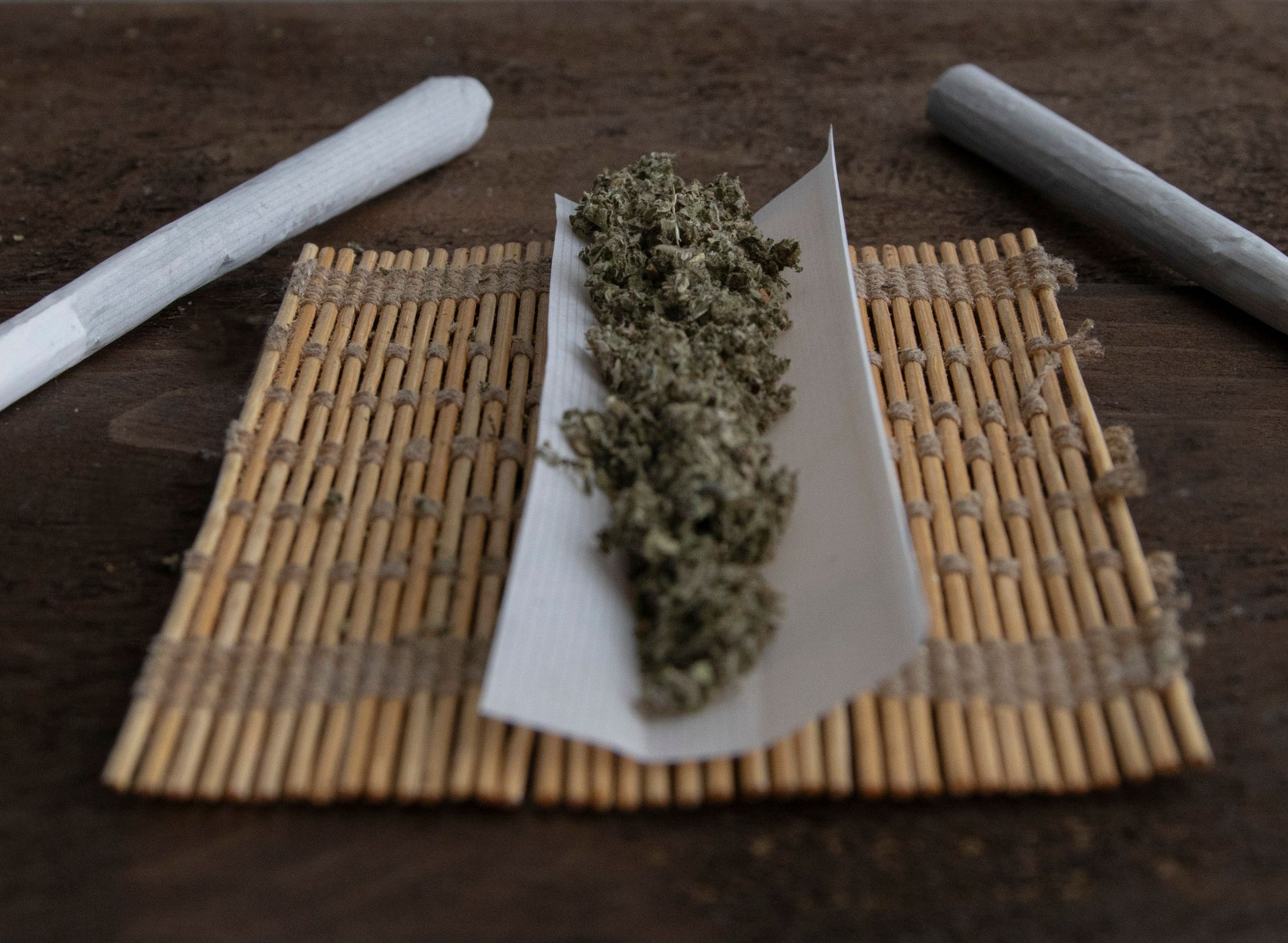
branding
Understanding the Difference: RAW Black Cones vs. Classic Cones
Table of Contents
Introduction to RAW Cones
RAW Black Cones Overview
Unique Features
Material Composition
RAW Classic Cones Overview
Classic Characteristics
Traditional Appeal
Comparing RAW Black vs Classic
Burn Rate Differences
Flavor Profile Impact
Thickness Comparison
Size Options Available
How to Choose the Right RAW Cone
Sourcing Quality RAW Cones
Future Innovations in RAW Cone Technology
Understanding the Difference: RAW Black Cones vs. Classic ConesFor enthusiasts seeking the perfect smoking experience, understanding the nuances between RAW black cones and classic cones can significantly impact enjoyment. These two popular varieties from the respected RAW brand offer distinct characteristics that cater to different preferences and occasions. This guide explores their differences, helping you make an informed choice for your next purchase.Introduction to RAW ConesRAW has established itself as a premier brand in the rolling paper industry, known for natural, unrefined products that prioritize purity and quality. Their pre-rolled cones have gained immense popularity for convenience and consistency, eliminating the learning curve associated with hand-rolling.According to our extensive collection of premium RAW cones, these products consistently rank among the most sought-after smoking accessories due to their craftsmanship and reliability. The brand offers several varieties, with Classic and Black lines being the most distinctive options.RAW Black Cones OverviewUnique FeaturesRAW black cones represent the ultra-thin, premium tier of the RAW product line. These sophisticated cones are designed for smokers who prioritize a slow, even burn with minimal paper interference. The black line is immediately recognizable by its distinctive darker appearance and ultra-thin profile.Material CompositionWhat sets RAW black cones apart is their construction from ultra-thin unrefined plant fibers. These papers are approximately 20% thinner than the classic variety, creating a nearly translucent appearance. This thinness allows for:
Less paper per smoke
Reduced paper taste
More prominent flavor from the contents
A smoother overall experience
As detailed in this comparison of RAW cone varieties, the black cones use a specialized watermark system and natural plant gums to maintain structural integrity despite their delicate composition.RAW Classic Cones OverviewClassic CharacteristicsThe RAW classic cones are the original offering that built the brand's reputation. These light brown, unbleached cones provide a balanced smoking experience that has become the industry standard. They feature:
Natural unrefined brown appearance
Standard thickness paper
Reliable structural integrity
Consistent, even burn
Traditional AppealClassic RAW cones appeal to traditionalists and those who appreciate a slightly more substantial cone that's less delicate during handling and packing. The classic line offers excellent flavor with a bit more durability than their black counterparts.According to the ultimate guide to RAW cones, classic cones remain the bestselling variety due to their versatility and approachable nature for both beginners and experienced users.Comparing RAW Black vs ClassicBurn Rate DifferencesOne of the most significant differences between RAW cones black vs classic varieties is the burn rate:
Black cones: Slower, more controlled burn due to ultra-thin paper
Classic cones: Moderate burn rate that strikes a balance between duration and consistency
This distinction makes black cones particularly appealing for longer sessions or when savoring premium contents.Flavor Profile ImpactThe thickness of the paper directly affects how much the natural flavors come through:
Black cones: Minimal paper taste, allowing for maximum flavor appreciation
Classic cones: Slight paper presence that some users actually prefer for its traditional experience
Thickness ComparisonThe physical differences between these papers create distinct handling characteristics:
Black RAW cones require more delicate handling during packing and are slightly more prone to tearing if handled roughly
Classic cones offer more forgiveness during packing and are recommended for beginners
As explained in this packing guide, the technique may need slight adjustments depending on which variety you choose.Size Options AvailableBoth RAW black cones and classic cones come in various sizes to accommodate different preferences:
1 ¼ (84mm) - Personal size
King Size (110mm) - Standard popular option
Lean (110mm) - Slimmer diameter
Peacemaker (140mm) - Extended session
Challenge Cone (280mm) - Party size
This size guide provides detailed information on each option's capacity and ideal usage scenarios.How to Choose the Right RAW ConeWhen deciding between RAW black cones and classic cones, consider these factors:
Experience level: Beginners may prefer the forgiving nature of classics
Flavor priority: Flavor purists should opt for black cones
Session length: Longer sessions benefit from the slower burn of black cones
Handling comfort: Those who pack frequently might appreciate the durability of classics
Budget considerations: Black cones typically command a slight premium price
Sourcing Quality RAW ConesTo ensure you're getting authentic RAW products, purchase from reputable suppliers. This purchasing guide outlines what to look for when buying RAW cones, including authentication features and pricing expectations.Both varieties are available in different pack quantities, from individual packs to bulk wholesale options that provide significant savings for regular users.Future Innovations in RAW Cone TechnologyRAW continues to refine their cone technology, with potential developments including more sustainable materials, enhanced gumlines, and new size options. The distinction between black and classic lines represents RAW's commitment to providing options that cater to the evolving preferences of smoking enthusiasts.Whether you choose the ultra-thin experience of RAW black cones or the reliable performance of the classics, both offer the natural, unrefined quality that has made RAW a leader in the industry. Your choice ultimately comes down to personal preference and the specific experience you're seeking.
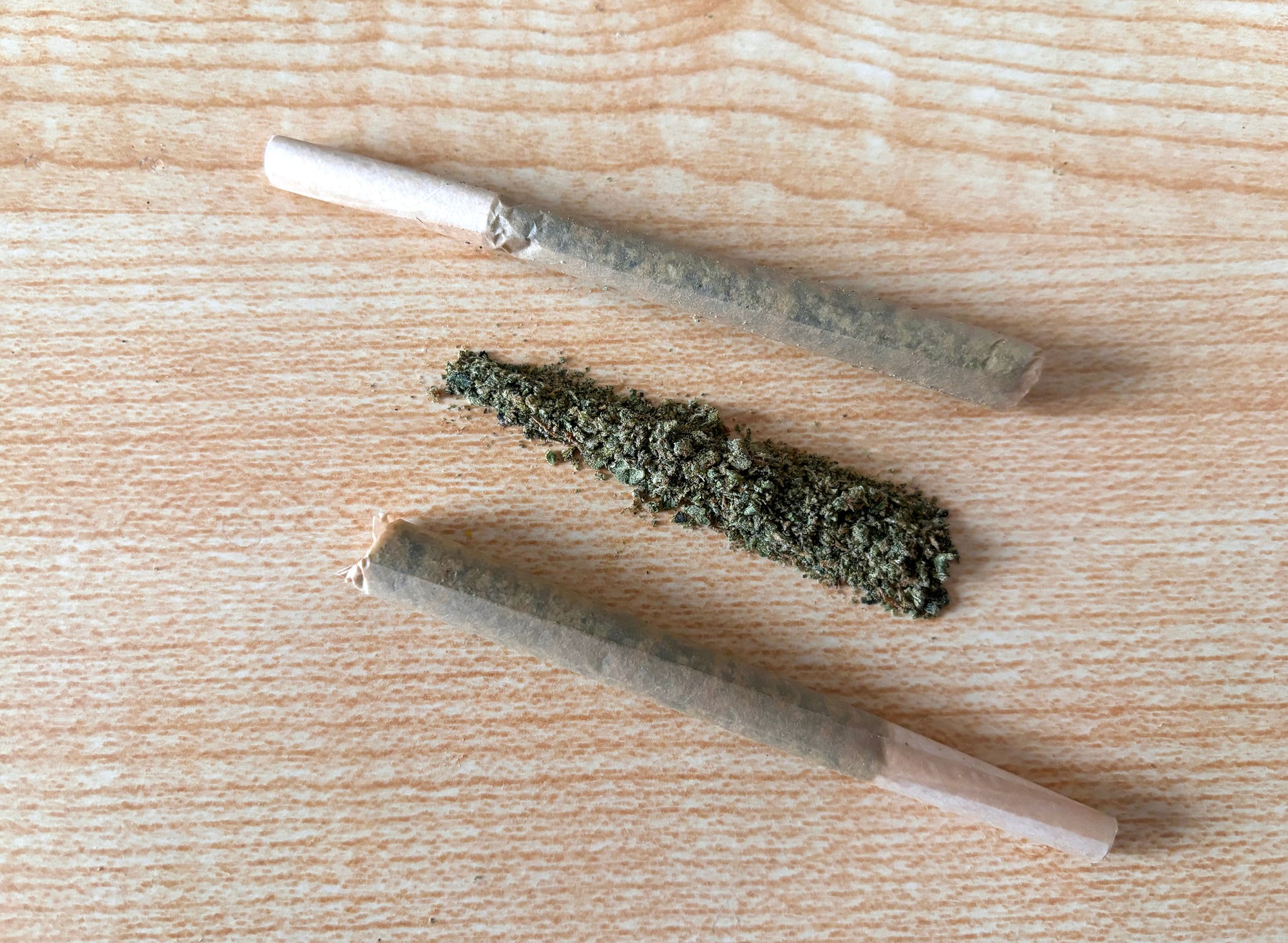
branding
Comparing RAW and Elements: Understanding the Differences
Table of Contents
Origins and Brand Philosophy
Material Composition and Manufacturing
Product Variety and Options
Smoking Experience and Flavor Profile
Environmental Impact and Sustainability
Price Point and Value Comparison
Making Your Selection Based on Preferences
nnComparing RAW and Elements: Understanding the DifferencesnnWhen it comes to rolling papers, two brands consistently stand at the forefront of discussions among enthusiasts: RAW and Elements. Both have cultivated dedicated followings, but understanding the nuances between these popular brands can help consumers make more informed choices based on their specific preferences and priorities.nnOrigins and Brand PhilosophynnRAW, founded by Josh Kesselman, emerged with a mission to create the purest, most natural rolling papers possible. The brand has built its identity around being unrefined, unbleached, and additive-free. As explored in this comprehensive guide to RAW papers and accessories, the company emphasizes transparency in its manufacturing processes and materials.nnElements, on the other hand, was created with a focus on combining traditional papermaking techniques with innovative materials. The brand highlights its ultra-thin rice paper design and unique watermark system that prevents uneven burning, sometimes called "canoeing."nnMaterial Composition and ManufacturingnnRAW PapersnnRAW papers come in several varieties, with the most popular being:nnnRAW Classic: Made from unbleached natural fibersnRAW Organic Hemp: Produced using organically grown hempnRAW Black: Ultra-thin premium papersnnnAccording to this comparison of RAW varieties, each type offers slightly different burning characteristics and thickness levels, catering to different user preferences.nnElements PapersnnElements papers primarily feature:nnnRice paper base: Ultra-thin and slow-burningnSugar gum: Instead of tree sap adhesivesnWatermark system: Creates even burnsnnnThe rice paper composition gives Elements a distinctive translucent appearance compared to the more opaque look of RAW papers.nnProduct Variety and OptionsnnBoth brands offer extensive product lines beyond basic rolling papers.nnRAW has expanded into a comprehensive ecosystem of smoking accessories, including pre-rolled cones in various sizes. For those interested in larger formats, our 115mm Mini Bomb size cones that hold approximately 1.5 grams are popular options for both personal and small-batch commercial use.nnElements maintains a more focused product line, concentrating primarily on papers and a select range of accessories like rolling trays and filter tips. Their product range tends to emphasize quality over quantity of options.nnBoth brands offer pre-rolled cones, but RAW provides a wider variety of sizes and styles, while Elements focuses on consistency and performance.nnSmoking Experience and Flavor ProfilennThe smoking experience differs notably between these brands:nnRAW ExperiencennRAW papers are designed to have minimal impact on the natural flavor of the material being smoked. The unbleached, natural fibers aim to provide a pure experience with:nnnVery mild, slightly earthy natural tastenMedium burn ratenMinimal ashnnnAs detailed in this exploration of RAW organics, many users choose these papers specifically to preserve the natural terpene profiles of premium flower.nnElements ExperiencennElements papers offer:nnnNearly tasteless smoke due to rice paper compositionnSlower burn rate than many competitorsnMinimal ash that turns to caramel due to the rice and sugar compositionnnnThe ultra-thin design of Elements papers results in less paper per surface area, which many users report allows for more pronounced flavor from their smoking material.nnEnvironmental Impact and SustainabilitynnEnvironmental considerations have become increasingly important for consumers:nnRAW emphasizes sustainability through:nnnUse of unbleached fibersnHemp-based options (a more sustainable crop than trees)nThe RAW Foundation, which supports environmental and charitable initiativesnnnElements focuses on environmental responsibility through:nnnRice paper that produces less ash and residuenSugar-based adhesives instead of chemicalsnPackaging made from sustainable materialsnnnBoth brands have taken steps to reduce environmental impact, though RAW tends to make this a more central part of its brand messaging.nnPrice Point and Value ComparisonnnWhen comparing costs:nnnRAW papers typically range from budget-friendly Classic varieties to premium-priced RAW BlacknElements papers generally fall in the mid-to-premium price rangenPre-rolled cones from both brands command a premium over flat papersnnnThe value proposition extends beyond just price. RAW has built a strong brand community, with authentic products being highly sought after. This guide to RAW authenticity helps consumers ensure they're purchasing genuine products, as counterfeits have become common due to the brand's popularity.nnMaking Your Selection Based on PreferencesnnWhen choosing between RAW and Elements, consider these factors:nnRAW might be preferable if you value:nnnNatural, unbleached materialsnBrand community and philosophynWider product ecosystemnHemp-based optionsnnnElements might be the better choice if you prioritize:nnnUltra-thin papers with minimal presencenEven-burning characteristicsnMinimal ash and residuenTasteless smoking experiencennnMany enthusiasts keep both brands on hand for different occasions and materials. As explored in this guide to purchasing RAW products, authenticity should be a primary concern regardless of which brand you choose, as counterfeits can contain harmful additives and chemicals not found in genuine products.nnWhether you opt for the earthy, natural approach of RAW or the ultra-thin, clean-burning experience of Elements, both brands have earned their reputations through consistent quality and attention to the smoking experience.

